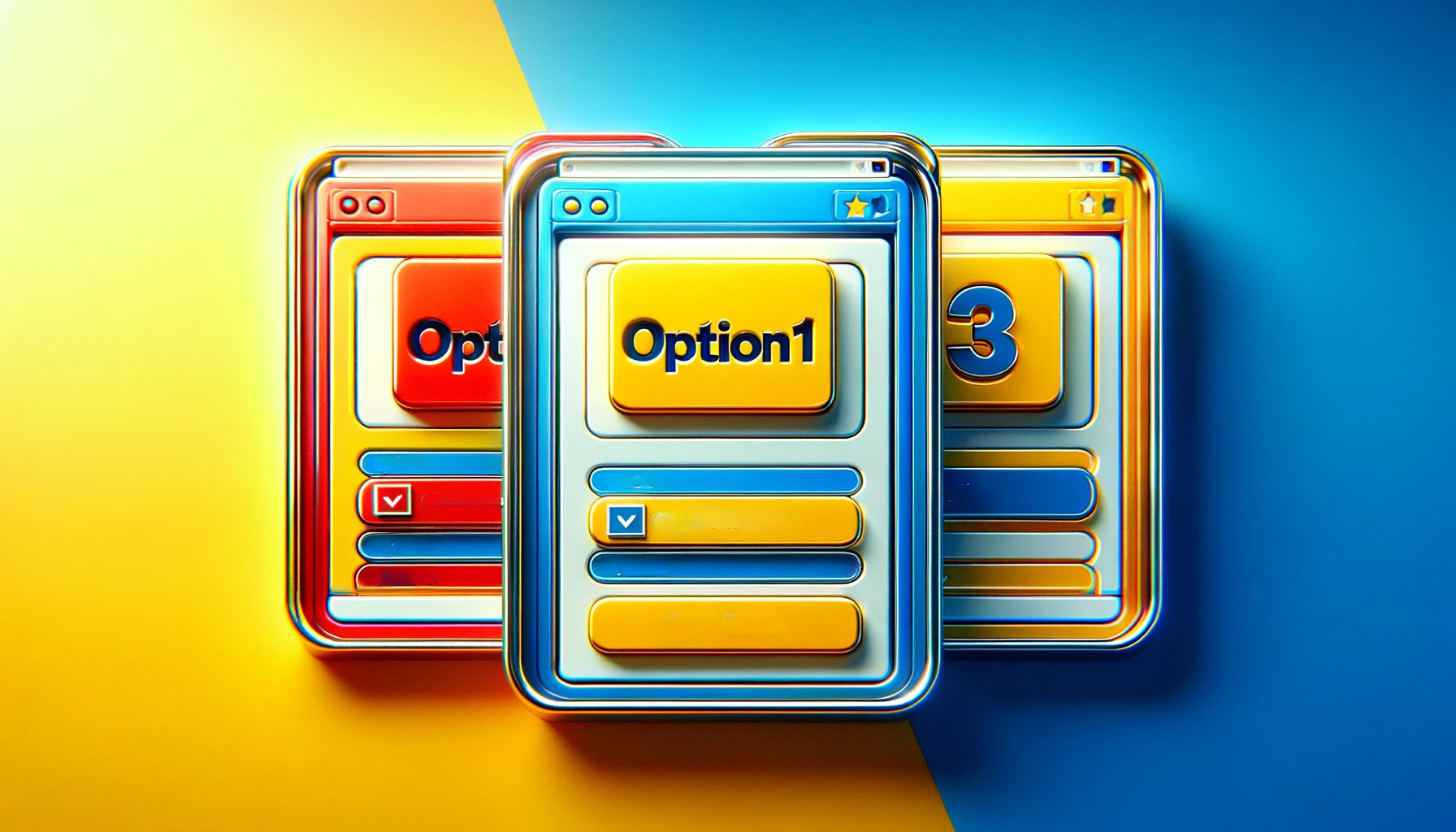In the SaaS industry, your free trial is like the flashy billboard on the digital highway. It’s your moment to shine, to show off what you’ve got, and, most importantly, to convince new users that they just can’t live without your product. But let’s face it, not every free trial ends with a victory dance. Some just… fizzle out.
And that’s what we’re here to change.
You see, getting folks to sign up for your free trial? That’s just the first step. The real game-changer is converting those free trial users into happy, paying customers. And guess what? It’s not just about having a fantastic product (although that sure helps). It’s about creating an experience so engaging, so downright irresistible, that users can’t help but reach for their wallets.

1. Types of Free Trials
When it comes to offering a free trial for your SaaS product, the approach you choose can significantly impact customer acquisition, pricing strategies, and ultimately, your churn rate. Let’s dive into the various types of free trials, each with its unique dynamics and implications for your business.
Opt-In Free Trial
An opt-in free trial is where potential customers actively choose to start a trial period, usually getting full access for a limited time. Here, the customer signs up without providing credit card details upfront. This model is user-friendly, reducing barriers to entry, and can lead to a higher number of users trying out your product. However, it might result in a lower conversion rate to paid customers, as the commitment level is relatively low.
Opt-Out Free Trial
Contrastingly, an opt-out free trial requires customers to enter their credit card information when signing up. The trial automatically converts to a paid version. Unless the user opts out, activation is imminent because you already have their payment information. This model can effectively reduce churn and increase the likelihood of customer retention. However, it may also lead to a higher customer acquisition cost (CAC), as some users might be hesitant to provide credit card details upfront. It can also lead to chargebacks.
Freemium Model
The freemium model is a popular strategy where users have permanent access to basic functionalities of your product, with the option to upgrade from the free version for advanced key features. This model can attract a large user base and works well for products where the value increases with the number of users. However, converting free users to paying customers can be challenging and may require strategic marketing and continuous improvement of the trial experience.
Pricing and Customer Acquisition in Free Trials
Regardless of the model you choose, pricing plays a crucial role in the success of your free trial strategy. It’s important to balance affordability for the customer with sustainable revenue for your business. Additionally, understanding your customer acquisition cost in each model is vital. You need to ensure that the lifetime value (LTV) of acquired customers justifies the cost involved in acquiring them.
Opt-Out Trials vs. Opt-In Trials
When comparing opt-out and opt-in trials, consider your target market and product type. Opt-out trials can be more effective for products with a clear and immediate value proposition, while opt-in trials might work better for new or complex products that require more time to evaluate.
Which Is Best?
Choosing the right free trial model is essential for SaaS companies. It’s about finding the sweet spot between encouraging trial sign-ups and converting those trials into paid customers without mudding up the user journey.
Whether you go for an opt-in, opt-out, or freemium model, remember that the ultimate goal is to provide an exceptional trial experience that convinces users of the value of your product, encouraging them to become loyal, paying customers. That’s how we define customer success.
All SaaS businesses are high risk, no matter the trial model. Here’s how to secure yours.

2. Gamification, A Free Trial Must
First things first, let’s talk about engagement-based rewards. Picture this: Your users are not just clicking around; they’re on a quest, gathering points, badges, or even unlocking new levels as they explore different features of your software. Each action they take brings a reward, a sense of achievement. It’s like turning every click into a high-five.
“Why does this work?” you ask. Simple! It creates a connection. Users are no longer just trial users; they’re players in a game where their actions have tangible, rewarding outcomes. The more they play, the more they’re inclined to stick around. It’s the classic ‘one more level’ feeling that keeps them coming back for more.
Make it Shine, Make it Fun
The key to successful gamification is not just in the mechanics; it’s in the experience. Your gamified trial should be intuitive, visually appealing, and most importantly, fun.
In short, by gamifying your free trial product, you’re not just offering a product; you’re providing an experience – one that’s engaging, rewarding, and memorable. And for SaaS companies, where first impressions count for a lot, this could be your golden ticket to more engagement and higher conversion rates.

3. VIP Treatment: Community Access and Personalization
Imagine if, during your free trial, you’re not just a user; you’re a VIP. You get a golden ticket to the inner circle, a sneak peek into the premium communities that are usually reserved for paying customers. This is where the magic happens. You’re not just trying out a product; you’re being welcomed into an elite club, rubbing virtual shoulders with the crème de la crème of users.
Why does this matter? Because it’s human nature to want to belong to something special, something exclusive. Offering VIP community access is like whispering to your users, “Hey, you’re one of us, and we value you.” This kind of psychological nudging can turn a regular user into a committed advocate for your product.
Personalized Touch: Making Users Feel Special
Now, let’s add a pinch of personalization to this VIP mix. Personalized trial extensions can be a game-changer. It shows you care, and you’re paying attention.
Unexpected personalized trial extensions can make users feel recognized and valued. It’s a way of saying, “We see you, we appreciate how you’re using our product, and we want you to stay longer.” This personal touch can transform the user experience from ordinary to memorable, increasing the likelihood of conversion from a free trial to a paid plan.
4. The Psychology of Trial Periods
Let’s start with shorter trial periods. Why do they work? It’s all about urgency and perceived value. When you offer a trial for just 2, 7, or 14 days, it’s like saying, “Our product is so good, you’ll know it’s right for you in no time.” This creates a sense of urgency, nudging users to try out the product before the clock runs out.
It’s like when you’re watching a movie and the hero has only a few minutes to disarm the bomb. The tension is high, and every second counts. That’s what shorter trials do. They make every moment with the product precious and not to be wasted.
Exclusive Features for Paying Customers
Now, consider the strategy of limiting access during the trial. This is where you play a bit of hard to get, reserving some of your best features for paid users.
This approach taps into the basic human trait of wanting what we can’t have. By holding back some features, you’re creating a desire for the full experience. It’s a psychological nudge, pushing users from ‘I like this’ to ‘I need this.’
Creating Value Perception
In both these strategies, the underlying principle is creating a perception of value. When something is scarce or exclusive, we naturally value it more. Shorter trials and limited access during the free trial period play into this psychological principle, making your product more desirable.
Trouble converting from free trials? It could be your processor. We can help.

5. Calls-to-Action and Showcasing Full Potential
Imagine your SaaS product as a guide in a vast digital landscape. Your CTAs are the signposts that lead the way, encouraging users to explore deeper, engage more, and ultimately commit. But here’s the catch: your CTAs need to be more than just signposts; they should be irresistible invitations, enticing enough to make users take the next step.
Whether it’s a prompt to try a new feature, an offer they can’t refuse, or a gentle nudge towards subscription, your CTAs should be clear, compelling, and strategically placed.
Now, let’s talk about showcasing the full potential of your product. This is where you roll out the red carpet and give your users a grand tour of what your product can really do.
You want your users to see the best of what you’re offering. No holding back. Show them the advanced features, the seamless integrations, the time-saving shortcuts. Let them experience the full magic of your product, so they can’t help but think, “How did I ever live without this?”
It’s not just about showing them what your product does; it’s about showing them what they can achieve with it.

6. Onboarding: The First Step to Conversion
The onboarding experience is your chance to hand-hold your users, showing them not just how to use your product, but how it can make their life easier, their work more efficient, and their day a little brighter.
Imagine a new user stepping into your product for the first time. They’re intrigued but unsure, curious but cautious. Your onboarding process is the friendly guide that takes their hand, illuminates the path, and says, “Let me show you around.”
Simplicity and Personalization
The key to successful onboarding? Keep it simple, make it personal. Your users don’t need to know everything on day one. What they need is to find immediate value, to see quick wins that make them think, “Yes, this is what I need.”
Personalization plays a crucial role here. By asking simple personalization questions during onboarding, you’re not just collecting data; you’re showing your users that you care about their unique needs and preferences.
Creating a Connection
Good onboarding creates a connection. It makes users feel at home with your product. It’s the warm welcome that turns visitors into guests, and guests into family. When done right, onboarding sets the stage for a long and happy relationship between your users and your product.
Remember, onboarding is not a one-size-fits-all process. It’s a journey, unique for each user. And as they move from step to step, learning and growing, they’re not just getting to know your product; they’re building a bond with it.

7. Beyond the Trial: Secret Ongoing Access and Engagement
Imagine this: a user reaches the end of the trial period, only to discover they’ve been granted a secret extension or ongoing access to certain features. This unexpected bonus creates a feeling of exclusivity and privilege, making the user feel special and valued.
But it’s not just about making them feel good; it’s about keeping the connection alive. This ongoing access allows users to further embed your product into their daily routine, making it harder for them to part ways when the time to subscribe finally arrives.
Engagement is the lifeline that keeps the heart of SaaS businesses beating. Beyond the trial, it’s crucial to maintain communication, to keep showing users the value of your product. Whether it’s through personalized emails, helpful tips, or showcasing new features, the goal is to remain a constant, helpful presence in their digital lives.
This ongoing engagement strategy is akin to a gardener tending to plants; it’s about nurturing, providing just what’s needed to help the relationship flourish. It turns users from trial participants into active members of your product’s ecosystem.
Creating opportunities for feedback, offering help, and continuously enhancing the user experience are key. It’s a dialogue, a two-way street. The more you listen and respond to your users’ needs, the more invested they become in your product.

The Final Piece of the SaaS Free Trial Puzzle
But wait, there’s one more piece to this puzzle – a crucial one that ties everything together: setting up a reliable and efficient way to handle your financial transactions. This is where DirectPayNet comes into play.
DirectPayNet is not just a payment solution; it’s your financial partner in the SaaS journey. By opening a merchant account with DirectPayNet, you’re equipping your business with a tool that’s secure, reliable, and tailored for the SaaS industry. You’re ensuring that your financial transactions, from free trials to paid subscriptions, are smooth, secure, and hassle-free.









